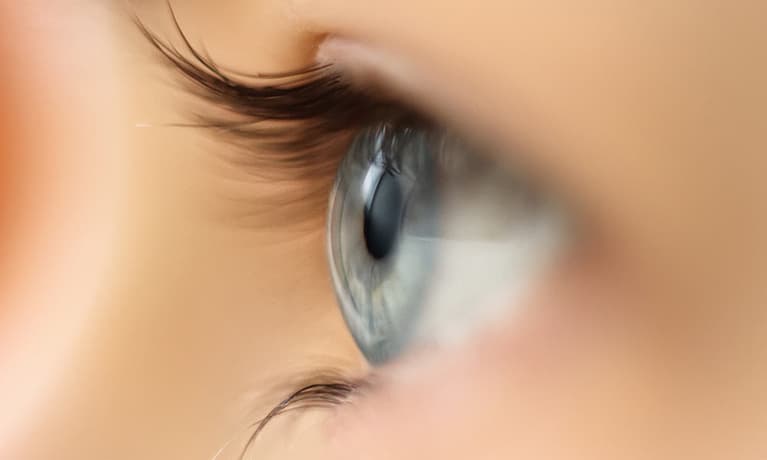Outer space is simply amazing. Stuck on Planet Earth we barely know anything about the vastness of space, but over the past 50 years our knowledge has grown a great deal. Thousands of planets have been found in other solar systems in our galaxy thanks to amazing optical telescopes such as the Hubble and others. Recently, brave men and women at NASA have selflessly gone into orbit, making sacrifices for the sake of humanity and science. Experiments are being done aboard the International Space Station(ISS). To perform these experiments, the astronauts are staying up in orbit for extended periods, typically anywhere from 6 months to a year.
We know that being in a low gravity environment affects the human body in many ways. The weightlessness causes the muscles and bones to weaken due to lack of use. Astronauts have to exercise several hours each day to combat this problem. A new phenomenon has come to light since 2005: with longer periods in space, the astronauts’ vision undergo changes.
For years NASA had required an astronaut to have 20/20 vision in order to go into space. Many have returned to Earth with reduced vision, some as bad as 20/100. This issue has attracted the attention of researchers. We know that the lack of gravity in space causes bodily fluids to move differently and accumulate in the upper body. On long spaceflights, a significant amount of extra fluid can shift to the brain, putting undue pressure on the eyes and optic nerves. This can result in a change in the shape of the eye as well as swelling of the optic nerve.
NASA is working on ways to simulate gravity and avoid such health complications. The goal is to get humans to Mars by the 2030’s!
Written by Bart W., Technician with Milwaukee Eye Care










